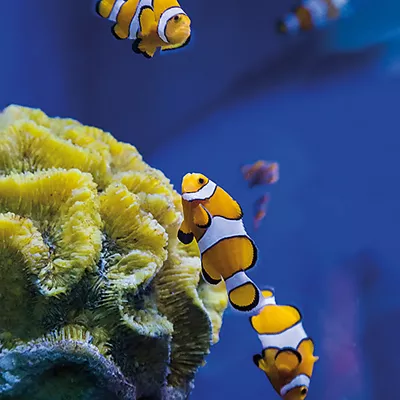- SEA LIFE, Stingray Adventure
Immerse yourself in the mysterious and graceful world of the stingrays.
Meet the beautiful Honeycomb Whiptail Rays, Cownose Rays, and Blue Spotted Stingrays as you explore the tropical reef through underwater tunnels. Be careful not to get wet as you venture through their underwater world!
Our breeding programme aims to breed all types of native ray but particularly the rare and endangered Undulate ray which can now only be found off the south coasts of England and Ireland. Apart from the seriously threatened giant skate, the undulate ray is the scarcest of the species living around the UK and officially classed as endangered. Scroll down to find out more about the amazing creatures that are rays.
Stingrays
Stingrays get their name from the stinging barb at the base of their tail. When they feel threatened Stingrays can whip up their tail to puncture their pursuer with their spiny, venomous barb. Once they have done this it takes a while for a new one to grow back, so they only use it as a last resort!
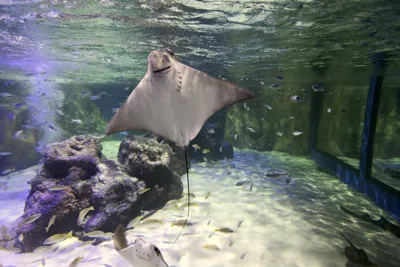
Cownose Rays
Can you guess where this creatures name comes from? It’s pretty easy; their inverted snout resembles that of the nose of a cow! Other than their cow-like faces these creatures are graceful swimmers, appearing to glide through the water as if flying.
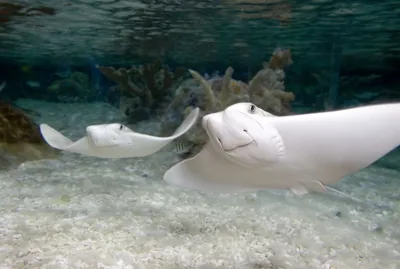
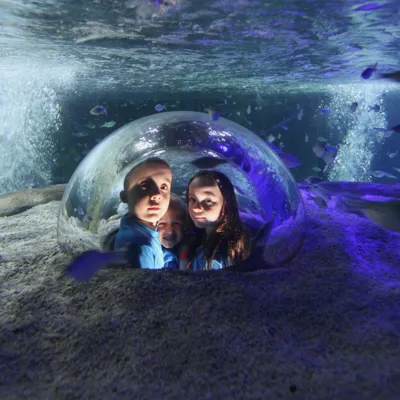
Did you know?
- Cownose rays are known for their long migrations in large schools. They are strong swimmers, able to cover long distances
- Although a Stingray’s eyes are found on the top of their head, they don’t use their eyes to find prey but can sense other creatures through electrical charges they emit
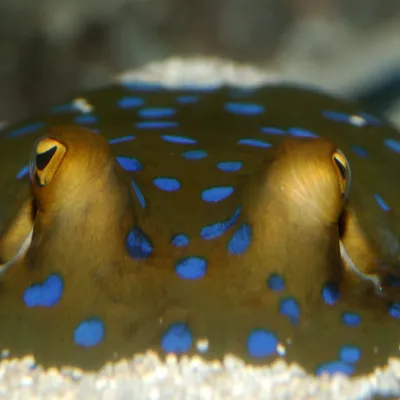
Blue Spotted Ray
Blue spotted ribbon tail rays are named for the striking blue spots covering their body. They frequent the coral reefs and sandy flats in the Indo-Pacific Ocean.
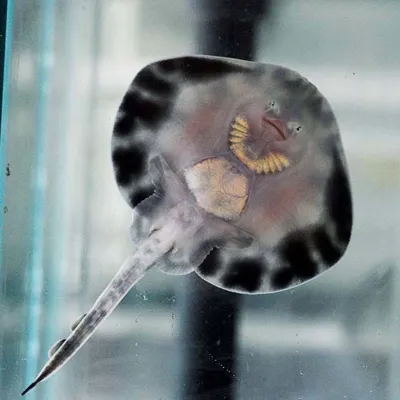
UK's first national juvenile ray nursery
SEA LIFE Blackpool is the home of the UK's first national juvenile ray nursery which is part of a new breeding programme aimed at protecting Britain’s native ray population. The nursery facility is specially designed to nurture baby rays from infancy through to adulthood.
The expert Aquarists care for and monitor the progress of the babies which live in the ray breeding pool before they join the adults in the large ray display. The new nursery is currently home to 45 nine - eighteen-month-old baby Thornback rays which each measure 15cm in length and will grow up to measure one metre and weigh up to 4kg.
